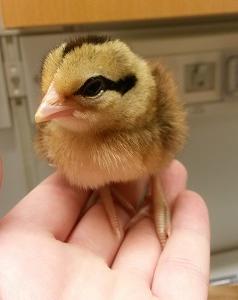Methods

In order to investigate the effect of cognitive stimulation on personality later in life, the individuals were divided into two treatment groups, ‘stimulated’ (n=84) and unstimulated, ‘control’ (n=89). As part of other studies, the simulated individuals were involved in a battery of learning tasks, including associative, reversal, spatial, generalisation and a selective attention tasks. The unstimulated control individuals were handled and given mealworms in the test arenas (which included all the test cues and bowls), but did not have to perform to attain mealworms. All individuals were as adults scored in personality assays including a novel arena and a novel object test.
You can read more in depth about the different learning tasks and personality assays by clicking on the links or by navigating in the menu to the left.
Responsible for this page:
Director of undergraduate studies Biology
Last updated:
06/15/16
